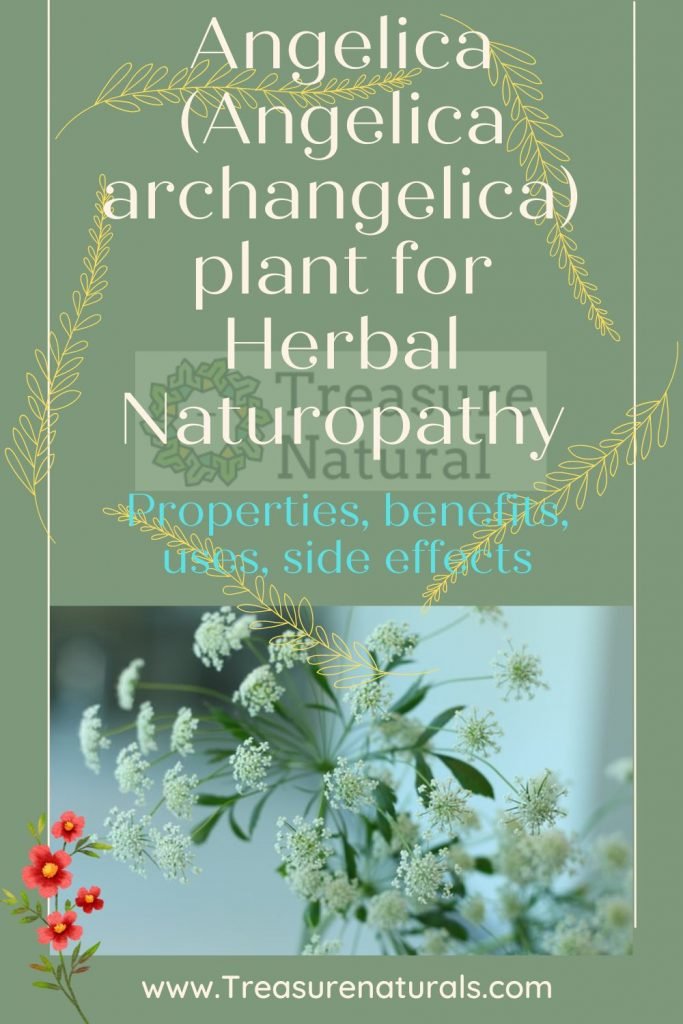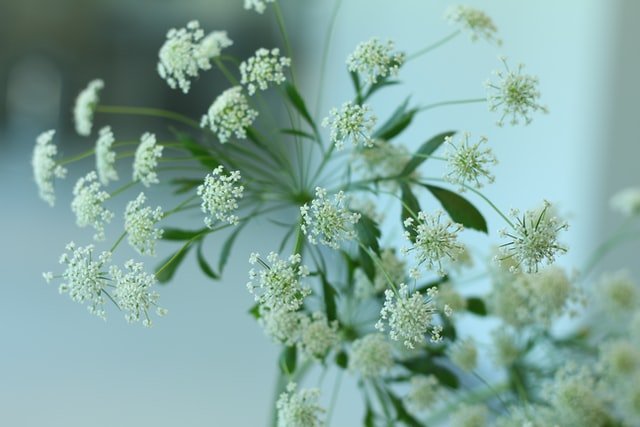
Angelica (Angelica archangelica) is a plant of the Umbelliferae family. In addition to having an antispasmodic, calming and anti- inflammatory action, it also helps in digestion thanks to its carminative properties. Let’s find out better.
Properties of angelica
Angelica has an antispasmodic, calming, carminative, digestive, tonic, expectorant and anti- inflammatory action. Thanks to these properties, its extracts are used to calm menstrual pains and headaches.
The relaxing action on the intestine is combined with the carminative effect which facilitates digestion, avoiding the formation of intestinal gas. If taken before meals, it stimulates the appetite. Taken against colds, it dissolves and facilitates the emission of phlegm due to its invigorating property, that is, capable of warming the body.
How to use
INFUSION: 1 level spoon of angelica root, 1 cup of water
Pour the angelica root in boiling water, boil a few minutes and turn off the heat. Cover and leave to infuse for 10 min.
Filter the infusion and drink it after meals to take advantage of its digestive action or when needed in case of intestinal spasms, menstrual, headaches or flu symptoms.
MASSAGE OIL: 10 drops of Angelica essential oil, 250 ml sweet almond oil
Dilute the drops of angelica essential oil in almond oil. Shake vigorously and rub the mixture obtained into the parts of the body that are painful due to neuralgia, rheumatism or muscle pain.
Contraindications
Angelica is always contraindicated in case of pregnancy and breastfeeding. It is also not recommended to take it when exposed to sunlight because they contain furanocoumarins, phototoxic substances.
In case of hypersensitivity to angelica, bleeding, a laxative effect and fever can also occur.
Description of the plant
Umbrella of large dimensions (it can reach a height of 1.5 m) with a stout, robust, branched stem, with reddish streaks. The leaves are ovate, broad-toothed, green and paler on the underside. The flowers are white or greenish-yellow arranged in sparse umbels at the top of the plant.
Habitat of the angelica
Widespread in north-eastern Europe. It grows in mountain valleys up to very high altitudes, along streams and in humid places.
Background

Already Dioscorides (1st century BC) recommended angelica to free the lungs from lumps of phlegm. Legends were born about her inspired by her therapeutic efficacy. One of these legends is linked to her name and her attribute and wants the Archangel Raphael to bring her to Earth, so that humans could appreciate her miraculous virtues. Raphael, in Hebrew language means “God’s medicine” and therefore Angelica, who has become Archangelic, can rightly be defined as “divine medicine”.






